The Garífuna people are Arawak, Kalinago, and African. Due to wars and exile, no Garífuna country exists; the diaspora includes over 400,000 people.
History:
The exact time and date of Garífuna origin are unknown due to oral tradition and most historical information coming from European colonizers. What we can conclude is that there were two slave ships headed for the Caribbean, and the Africans killed the Europeans on it and became shipwrecked on the island of Saint Vincent. These Africans were taken in by the Indigenous population [Arawak and Kalinago], and more Africans were taken in as refugees after they escaped other Caribbean islands. The African and Indigenous populations married and had children, and thus the Afro-Indigenous, Garifuna population was born.
The main colonizing forces on the island were the British and French, who fought for control of the island. The French were defeated when the British won the Seven Years' War. With an increasing British force on the island, the Indigenous, African, and now mixed population worked together to fight against them, resulting in the first Carib War (historically, the Kalinago are called Caribs, and the Garifuna are called Black Caribs). The first war was won, but the second was lost when the British murdered the Garífuna leader and central figure Joseph Chatoyer.
In 1797, the British split the Garífuna population, and those they deemed to look more African were exiled to an island off the coast of Honduras called Roatán. Half of the population died during the voyage, and more died on the island because there were not enough resources to sustain everyone. The Garífuna asked the Spanish to be allowed to settle in Honduras, and the Spanish agreed so that they could use them as soldiers. From there, the Garífuna population spread out to Belize, Guatemala, and Nicaragua. While many Garífuna people still live in Central America, many have immigrated to the United States, with the biggest populations being in New York City and Los Angeles.
Language:
Garífuna is an Arawakan language with African, Spanish, French, and English loanwords. Certain words mean the same thing but women and men use different words for them like “I”: men say ‘au’ while women say ‘nugía’. The language is currently on the path to extinction as immigration has forced families to assimilate and prioritize English over Garífuna. In the past decade, there has been an increase ie language learning resources created to continue the Garífuna language.
Fun facts:
There is only one movie created in Garífuna – Garifuna in Peril (2012).
The word order is verb-subject-object. [I speak English, Spanish, and Korean. English & Spanish are subject-verb-object, and Korean is subject-object-verb. It’s trippy sometimes when I learn Garífuna because it’s a completely different word order than I'm used to!]
The term Garífuna is used for a person and the language, so my grandmother is Garífuna and speaks Garífuna. For plural, you would say the language of the Garínagu is Garífuna.
Flag:
Black represents African ancestry and the hardships Garifuna people have faced (murder, war, exile, massacre (practically forced to starve to death), etc.)
White represents the colonizers that took our land and created the diaspora, and the peace Garifuna people hope for.
Yellow represents Indigenous ancestry, the color of cassava (a Garifuna staple food), and hope.
Belizeans put the Black color on top, but most places usually have the yellow on top with black at the bottom.
Here’s what traditional Garífuna clothing looks like:

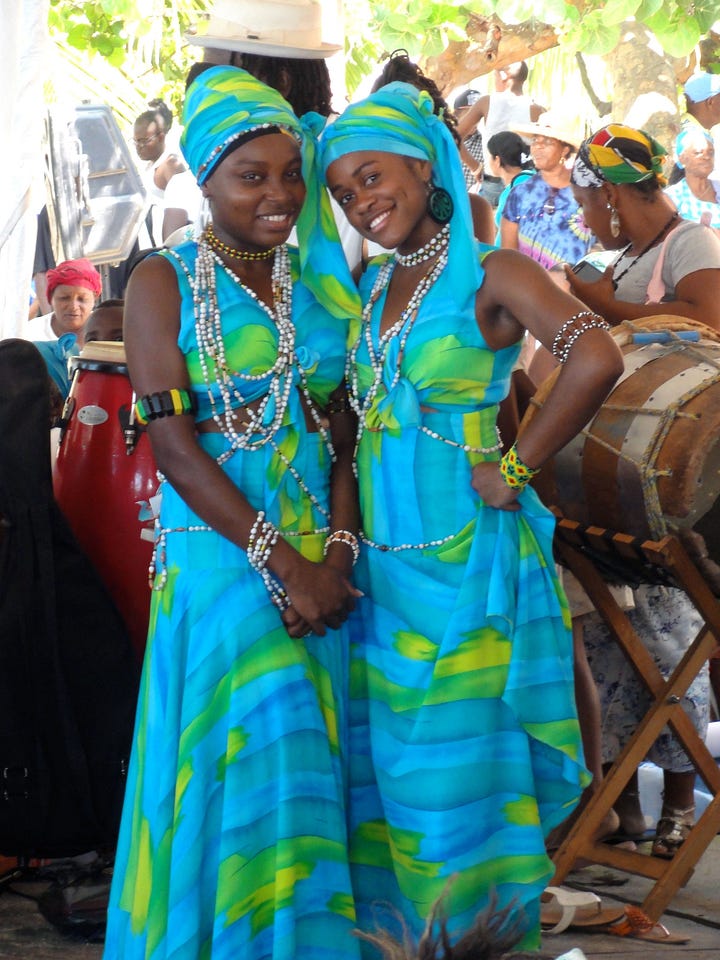
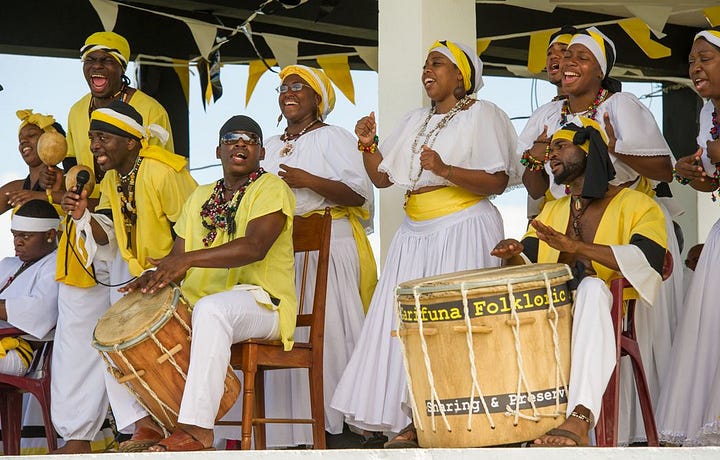
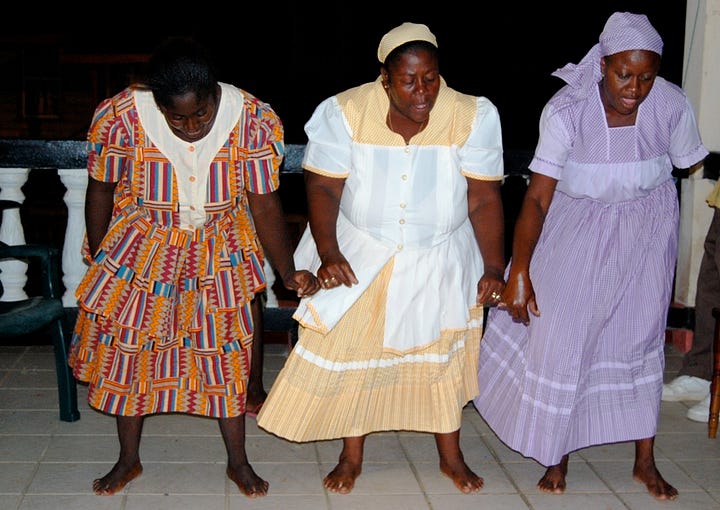
Food:
My favorites are dukunu (tamale made out of corn), garnaches (fried tortilla with cabbage, beans, and cheese or ketchup), and panades (small deep fried food with beans or fish inside).
Staples in Garífuna food are rice, seafood, beans, plantain and cassava.
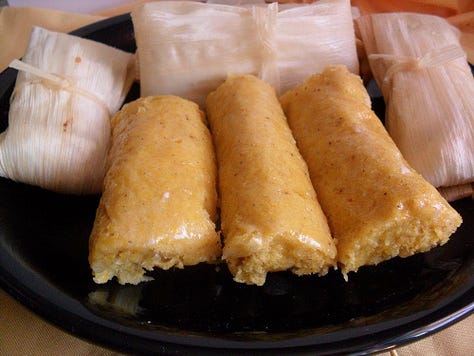
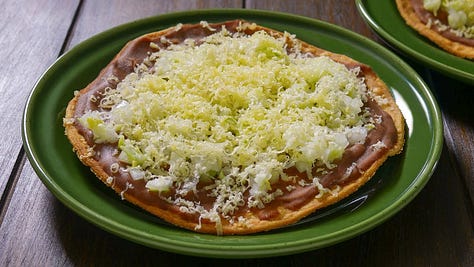
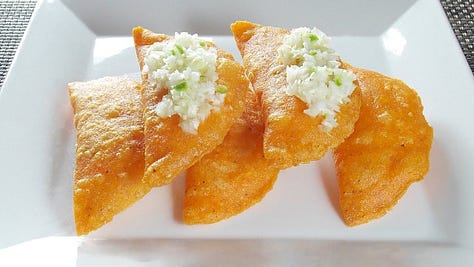
Garífuna music is used as a form of storytelling in many instances, and drums are significant in our culture. The two drums are named Primero (smaller, high pitched sound) and Segundo (bigger, base sound). Here’s what it sounds like:
The dance in the video (the men wearing masks and seashells) is called Jankunu, and it’s a dance that makes fun of colonizers/slave masters. Only men partake in this dance.
Another Garífuna dance is Punta which is danced at any get together, and people can dance it regardless of gender and age.
Here are some notable Garífuna people!
Joseph Chatoyer (aka Satuye) – led the first and Second Carib Wars against British colonizers; first play written by a Black man was about Chatoyer in 1823, but no manuscript survived <//3
Thomas Vincent Ramos – civil rights activist and created Garifuna Settlement Day in Belize to commemorate the arrival of the Garífuna people after being exiled by the British
Andy Palacio – a musician and civil rights activist for Garífuna culture and people
Rosita Baltazar – choreographer that made efforts to preserve Garífuna culture
Pen Cayetano – invented the genre named punta rock and was a Belize culture ambassador around the world


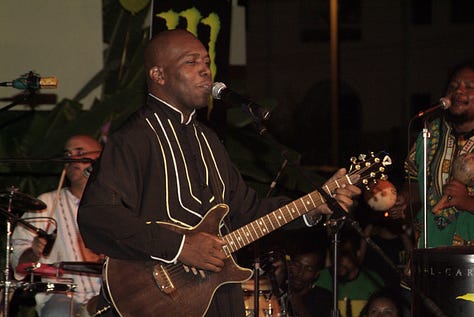
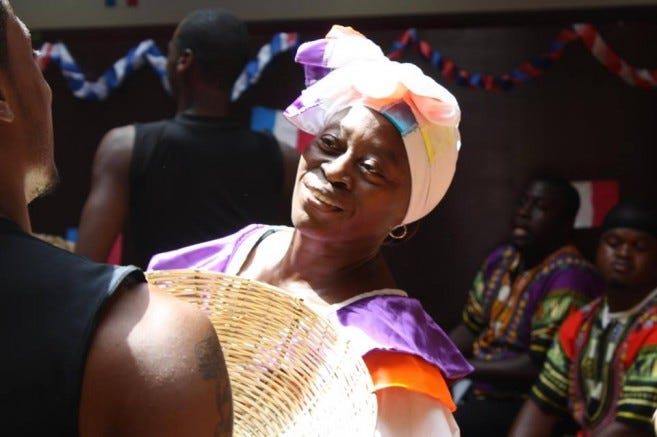
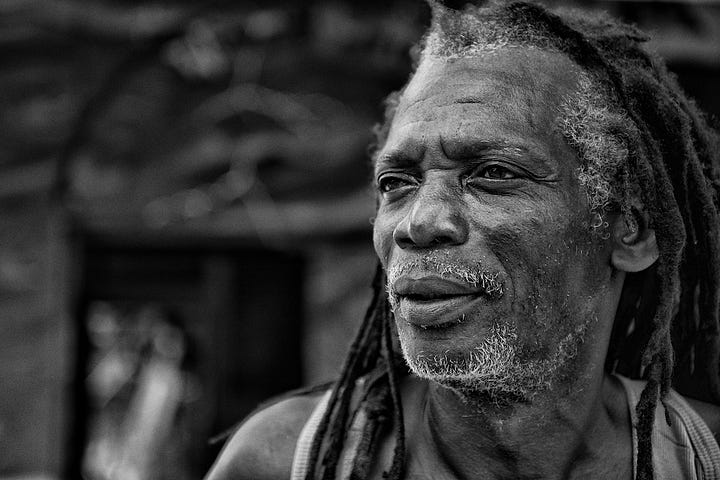
For more information:
History: https://www.jstor.org/stable/23050239,
Language: https://www.britannica.com/topic/Garifuna-language + https://boris.unibe.ch/91473/
Flag: https://www.crwflags.com/fotw/flags/xh-garif.html + https://www.warasadrumschool.com/garifuna-culture/the-garifuna-flag/
Food: https://belizing.com/5-Traditional-Garifuna-Dishes-You-Must-Try-in-Belize/ + https://www.heritagebelize.org/blog/a-quick-guide-to-garifuna-food




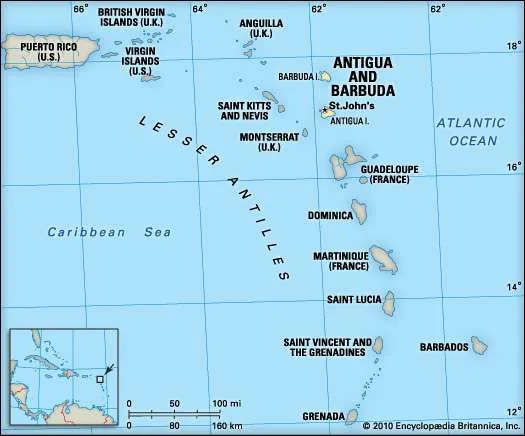
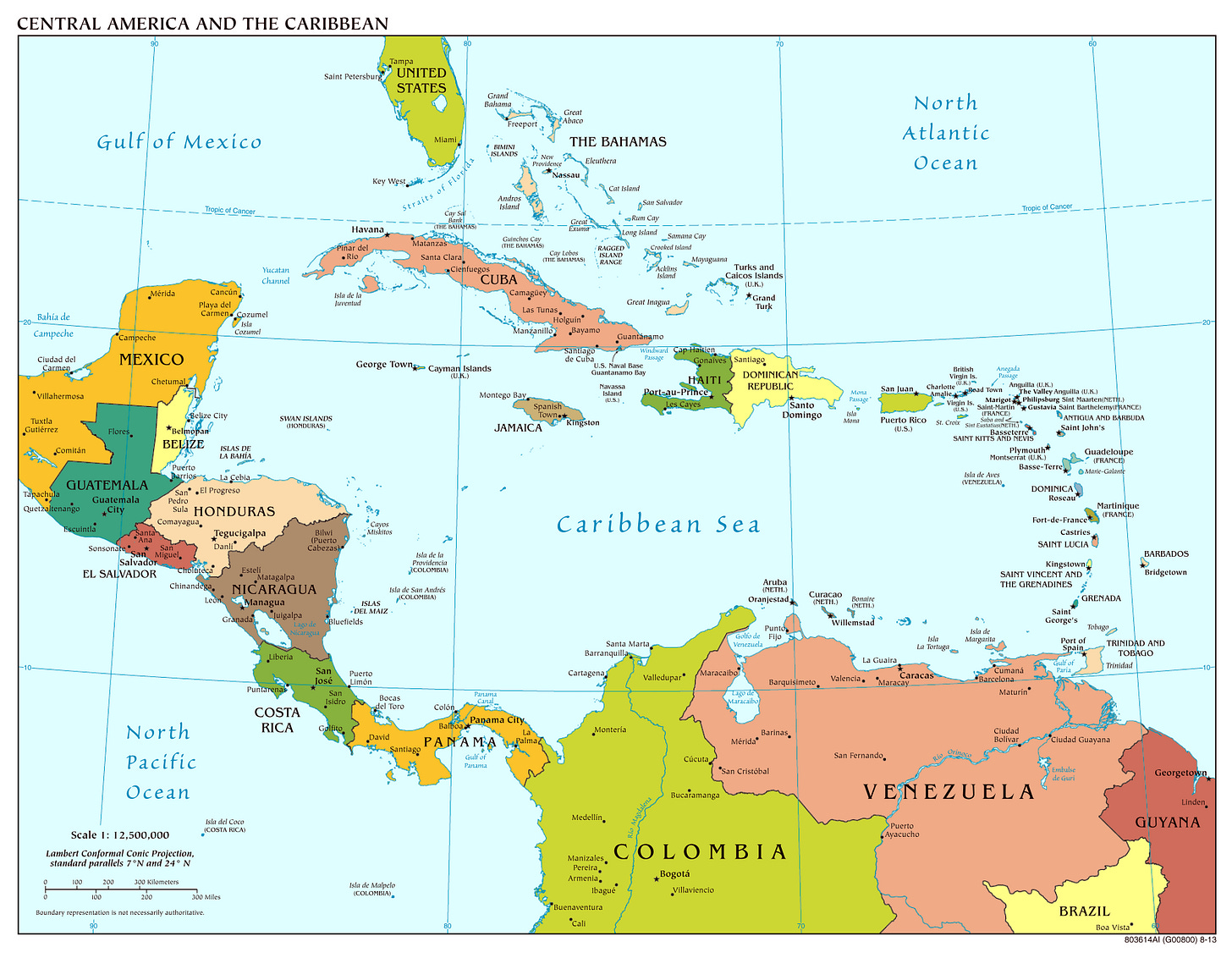
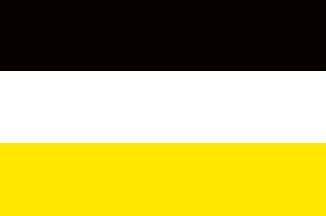
This is so beautiful and informative, your culture is so amazing and rich in history and knowledge! Thank you for sharing this information, it’s very helpful as an intro to Garifuna culture since it’s so hard to find resources about it. I really love the music, traditional clothing, and dance! It’s also so interesting to learn about the history of Garifuna culture and how it came to be! Amazing 💖